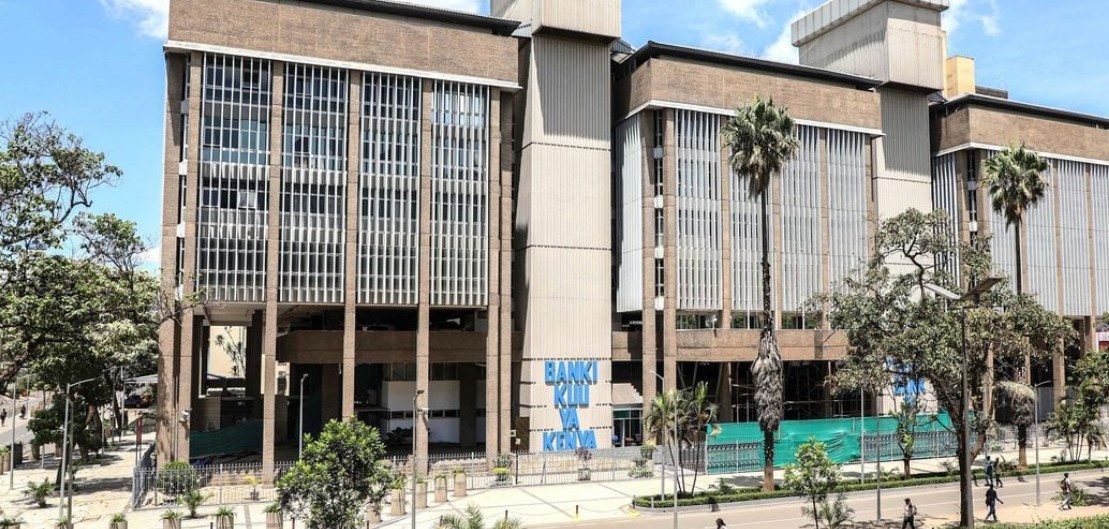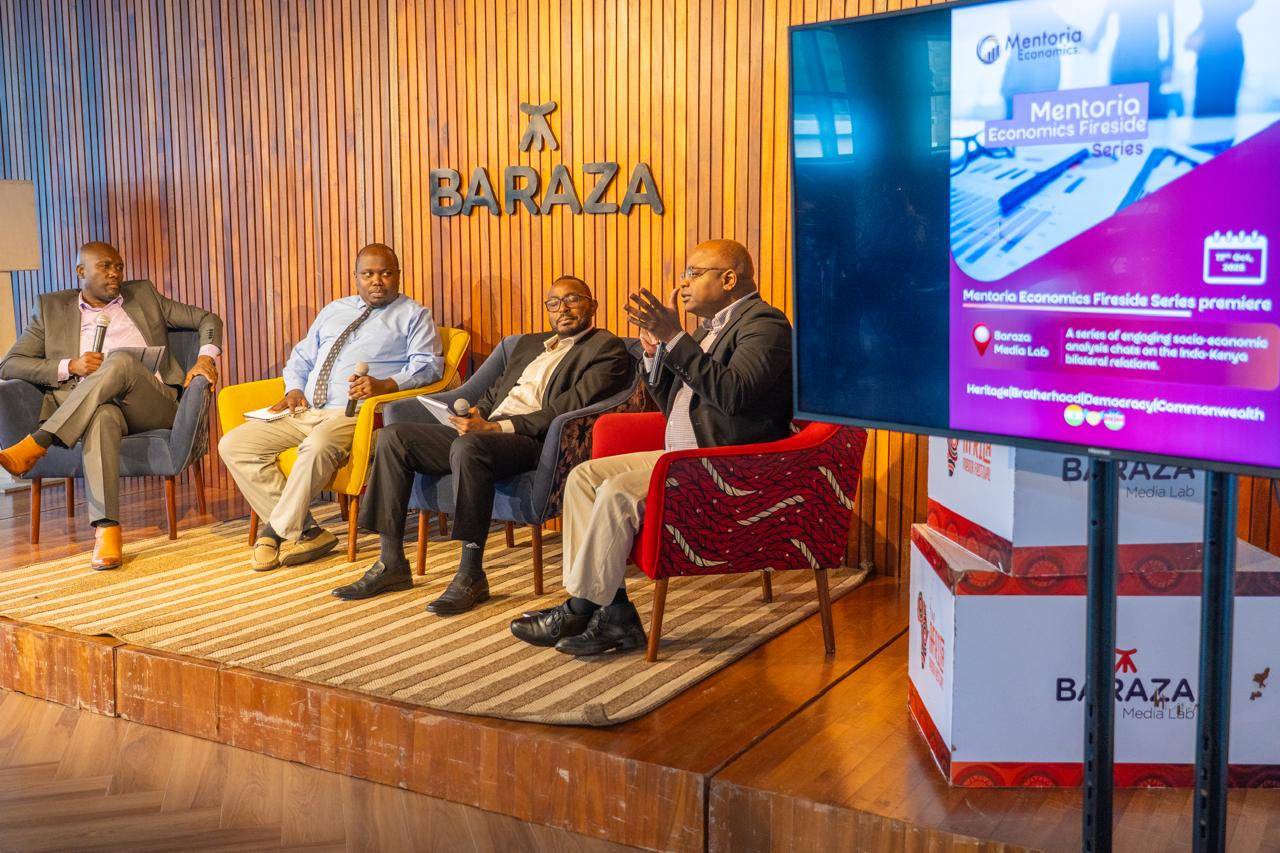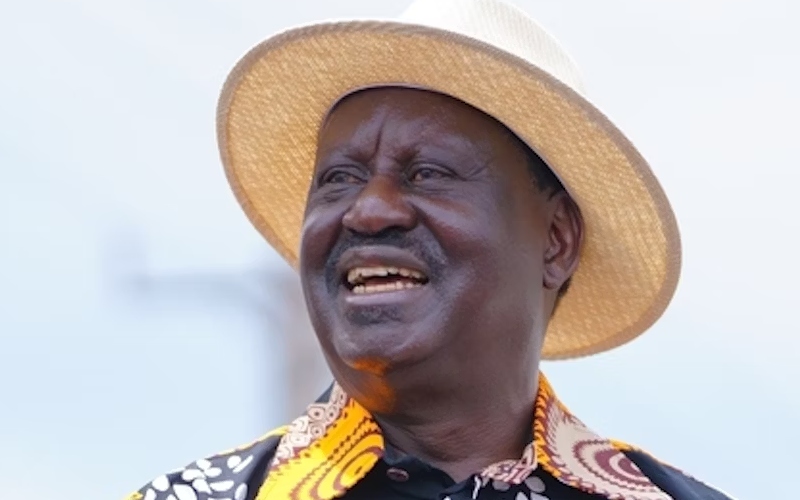More Kenyans using radio, TV as newspaper readership declines – CA report

The report further reveals a gender gap in media consumption, with male respondents engaging more with radio, TV, online newspapers, and magazines compared to female respondents.
Newspapers and magazines recorded the only decline in consumer activity engagement in the three months to June this year compared to other media channels — radio, TV, and the internet.
The latest audience measurement and industry trends report by the Communications Authority of Kenya (CA) shows newspaper mentions for activities engaged declined from 18 per cent in the previous quarter to 15 per cent.
More To Read
- CA orders telecom operators to adopt licensed digital certification services or face penalties
- Telecom operators ordered to adopt approved digital certificates by January 2026
- Taliban shuts down internet indefinitely in Afghanistan
- MPs demand clear plan as Treasury delays Sh864 million payments to media houses
- MPs grill Government Advertising Agency over Sh9 million weekly MyGov deal
- Safaricom leads Kenya’s fixed data and internet market - CA
Magazine mentions on the other hand declined from six to five per cent.
"Radio and TV had the highest mentions for activities engaged in by over 70 per cent of respondents," the report says.
Compared to the previous quarter, the aforementioned recorded increased activity engagements, rising from 76 to 77 per cent and 75 to 76 per cent, respectively.
However, internet engagements stagnated at 58 per cent.
"Generally, a review of the current and previous quarters shows that there have been modest changes in engagement for radio, television, and the internet," the report says.
The report further reveals a gender gap in media consumption, with male respondents engaging more with radio, TV, online newspapers, and magazines compared to female respondents.
Under the Living Standards Measure Segmentation (LSM) 1 to 4 category, radio is more favoured because it is more accessible and affordable than television.
CA says many people in these lower LSM groups lack the infrastructure and electricity necessary for TV use, making battery-operated radios a more feasible option.
"In contrast, internet consumption rates are higher in urban areas and among individuals in the LSM 12+ category," says the report.
LSM is a marketing tool used to divide the population, with the highest value representing the highest living standard level, while LSM 1 is the lowest.
The segmentation is based on living standards criteria such as urbanisation, and ownership of major appliances, and cars.
The CA report says the regions with the highest radio listenership in the period under review were South Nyanza (86 per cent), Upper Eastern (86 per cent), Western (85 per cent), and Lake (85 per cent).
Internet usage is most common in Nairobi, with 80 per cent of people using it.
The Central regions also exhibit notably high television consumption at 86 per cent.
However, there are regional variations in newspaper reading, with South Nyanza showing a significant increase of 6 per cent.
Top Stories Today













































